We live in a rural, but growing area where several of our friends and neighbors have productive farms with various livestock and large crops from which they make their living. We love being situated on a street amidst farms and land that have been in the same families for generations.
Even after living here for 18 years, we have never been “complete homesteaders”. In fact, the list of things we don’t do is bigger than the list of things we do according to some definitions of homesteading. I don’t apologize for not doing it all – my family simply isn’t wired to engage in every aspect of homesteading and we are okay with that. I write this to encourage folks who are interested in growing food, cooking from scratch, and working with elements of nature in your own yard.
If it is any consolation to those who are hesitant to try a modified homesteading lifestyle:
· We didn’t build our house; we bought a simple older home that needed some finishing.
· We don’t own a tractor (though it definitely would have come in handy on some days); we
have hand tools and a small tiller.
· We don’t chop our own wood for heat (we buy it locally as needed), though we do use our
wood stove on very cold days. We also don’t use any other alternative energy; we are on
the grid.
· We don’t raise animals for food, but try to buy local organic meats when possible.
I must admit that I am impressed by our friends here who do it all and learned these skills at a young age. For those of us who did not grow up learning the ways of country living, there is still much we can do to enjoy certain aspects of living in harmony with our land and the rhythm of the seasons. Backyard and deck gardening is the way I have chosen to do so…organic gardening allows me to provide supplemental food for my family and I can rest assured that no harmful chemicals were used – only natural fertilizers, etc. No matter where you live, if you have access to some sun and water, you can grow food.
Planning Annual Crops
One of my favorite aspects of gardening is deciding what to grow and where to plant everything. Part of the planning includes looking at a journal from the previous year noting what thrived and what did not and probable causes for crop success or failure. This year I created a spreadsheet to enter garden information.
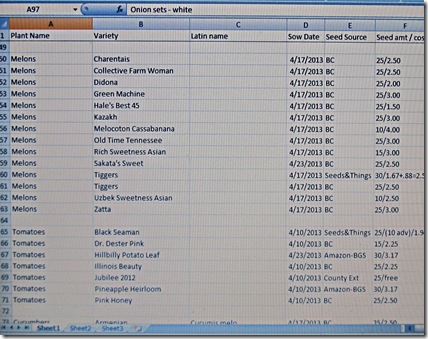
I included everything I could think of and am tracking the plant performance from germination to harvest to seed-saving. I am hoping to learn what does consistently well in not only our growing zone, but in the microclimate and soil in our garden location.
We love to grow tomatoes as most southerners do, and cucumbers are probably second on our list. We used to grow corn, but have stopped doing so after learning that much of the seed in the USA has been contaminated by toxic GMO crops.
This year, I decided to try growing more international produce and plan to save seeds from the heirloom varieties. I browsed the Baker Creek Heirloom Seeds catalog and found several interesting and unusual varieties of melons, tomatoes, lettuce, beans, and cucumbers.
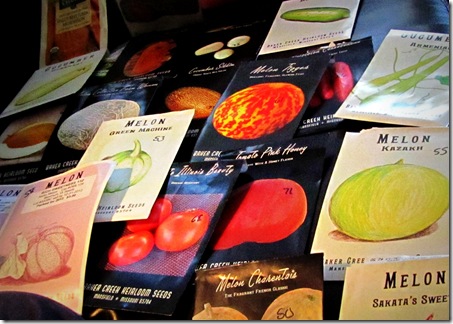
Before ordering garlic bulbs, I was advised by my high school buddy and owner of Gambino Garlic Growers that the softneck variety grows best in the south (he was right, they grew beautifully!).
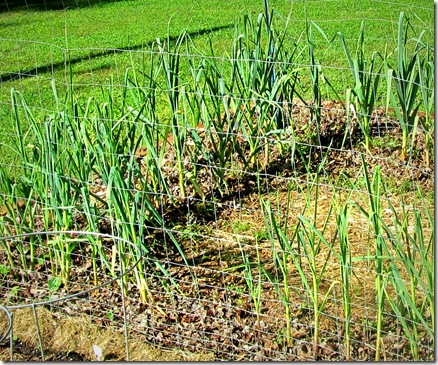
Other annual food crops we planted this year were onions, broccoli, cauliflower, cabbage, Swiss chard, herbs, carrots, celery, potatoes, sweet peppers, and radishes. We are trying to stick with food items we really like to eat. No one in my family will eat squash, beets, soybeans, okra, or lima beans, so we save space, time, and money and don’t plant them.
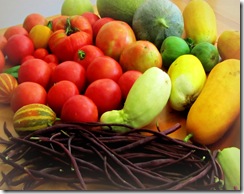
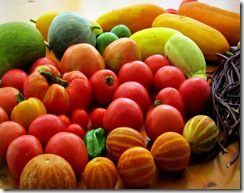
So far, we have had a good harvest this summer. I will share more details about our annual crops and will also discuss perennial crops in the permaculture landscape in Part 2 of this series. Until then, blessings on your garden! ~Karen
